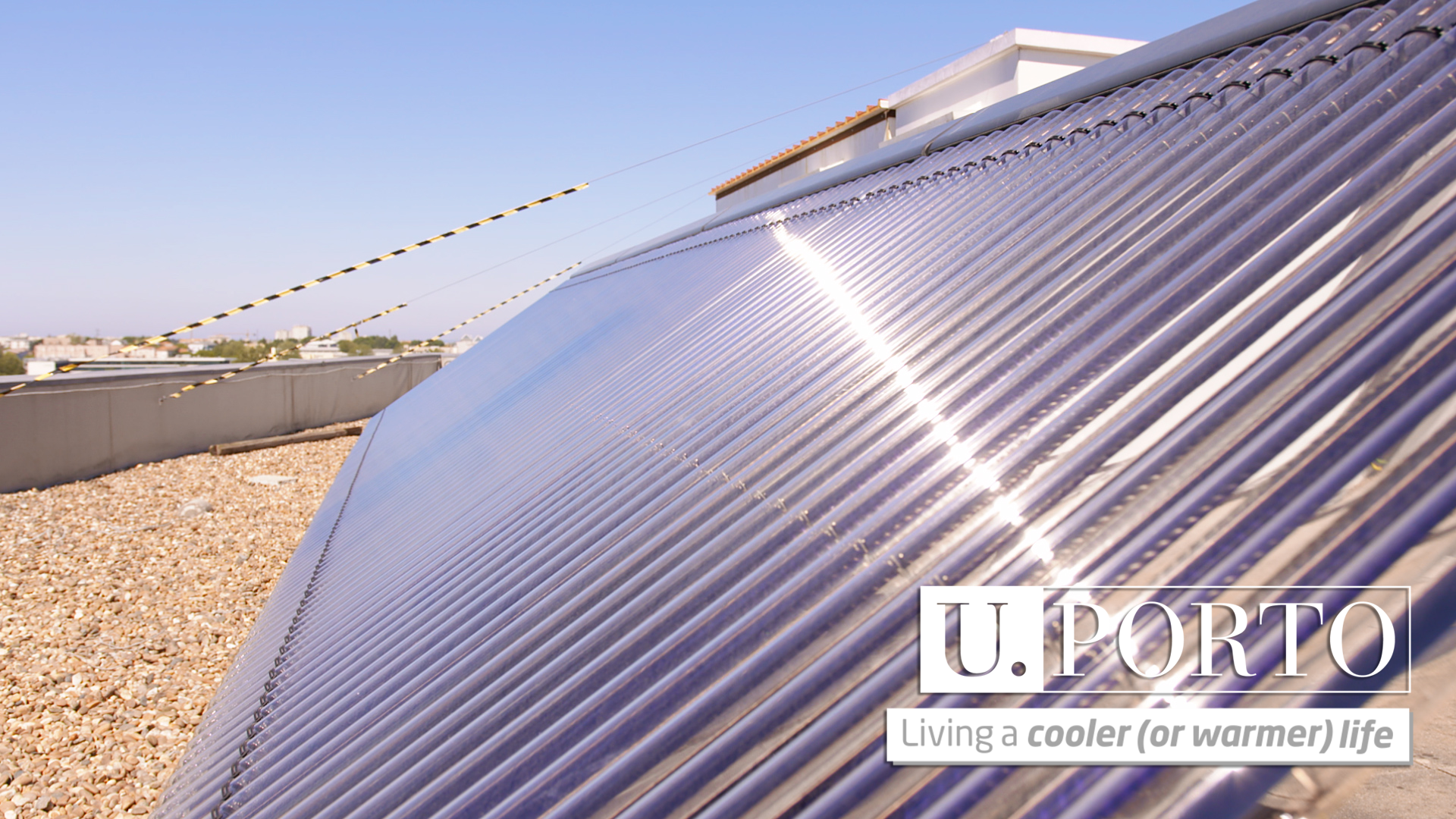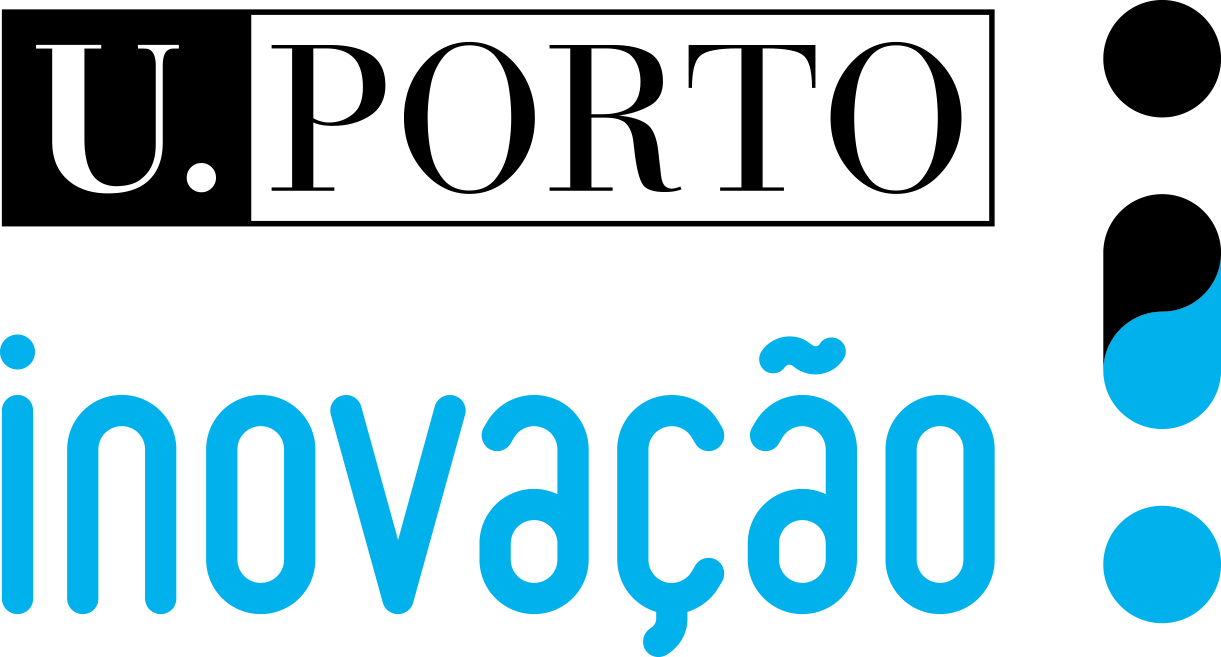
This invention relates to a variable geometry ejector for cooling applications. Control can be achieved via sensors and a programmed algorithm. It has two independent geometrical features that adapt automatically the flow path depending on the operating conditions, achieving a very high level of efficiency regardless of these conditions.
An ejector is a common thermally driven technology that is used for cooling applications. The working principle of the ejector is based on the expansion of a high-pressure vapor stream. It is accelerated to supersonic velocity through the primary nozzle of the ejector (primary flow) creating low pressure at the exit section. This low pressure entrains the secondary flow coming from the evaporator where the cooling effect is obtained.
Current ejectors operating in cooling cycles have a fixed geometry and only work at a high level of efficiency in a narrow range of operating conditions. Any deviation from these conditions leads to decreased coefficients of performance (COP) or even system failure, which doesn’t bode well, for example, while using solar energy as a primary energy source (variability of energy source and environmental conditions).
Cooling systems with ejectors can be used for air conditioning and HVAC systems, cooling systems for the food industry, among others.
The major feature of the proposed invention is the variability of its geometry. This flexibility of the ejector allows for an operation of the ejector under varying cooling systems of different cooling capacities and using different working fluids at a similar efficiency level. Therefore, this technological solution operates in a wider range of conditions, without failure or significant decrease of cooling performance.
The higher cooling performance achieved by this invention contributes to the reduction of the energy consumption to drive the cooling system, making a solar-powered cooling cycle a reality and allowing for a higher degree of sustainability. Moreover, a system with the VGE (variable geometry ejector) will have lower maintenance needs.
The present invention may be incorporated in cooling cycles e.g. solar or waste heat powered air-conditioners. Intended users and beneficiaries of this invention are air-conditioning equipment manufactures or cooling system suppliers. This may also lead to new products in the renewable energy market by combining air conditioning and renewable energy sources for an integrated system for “zero net energy” buildings.
A proteção dos direitos de propriedade industrial é cofinanciada por:






